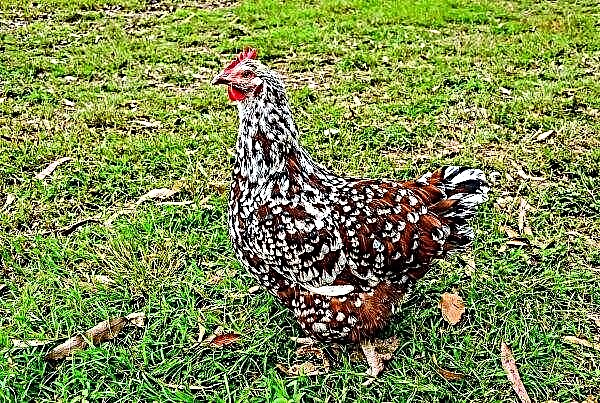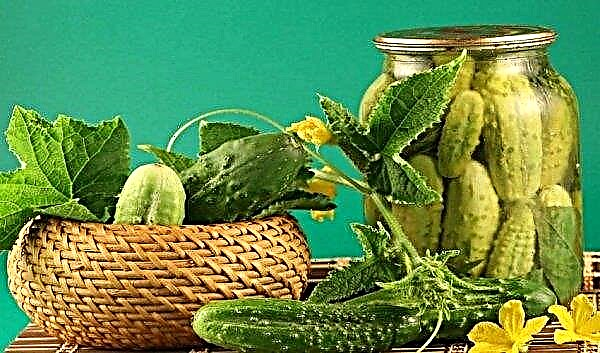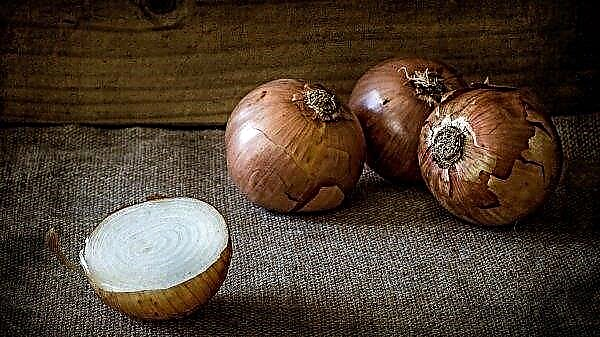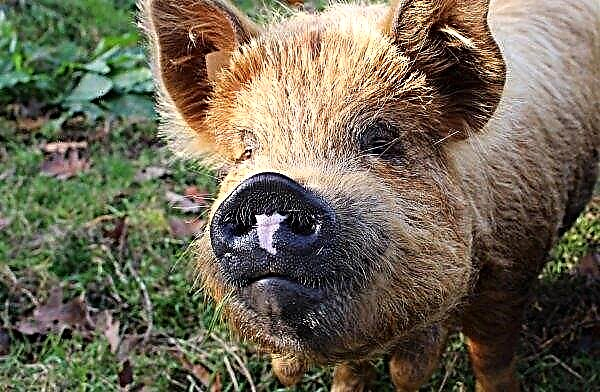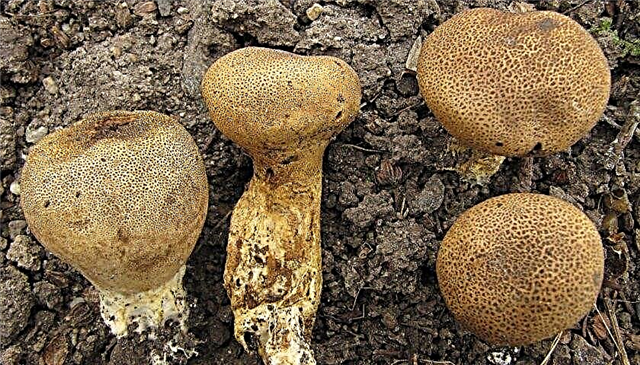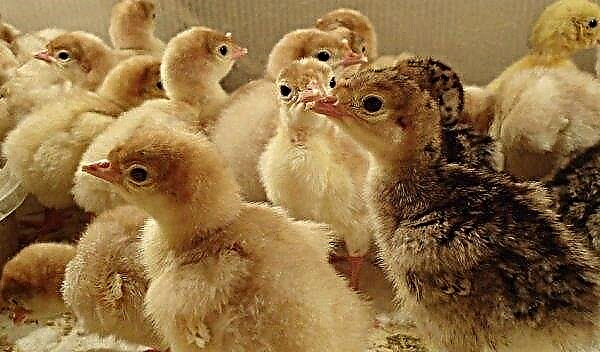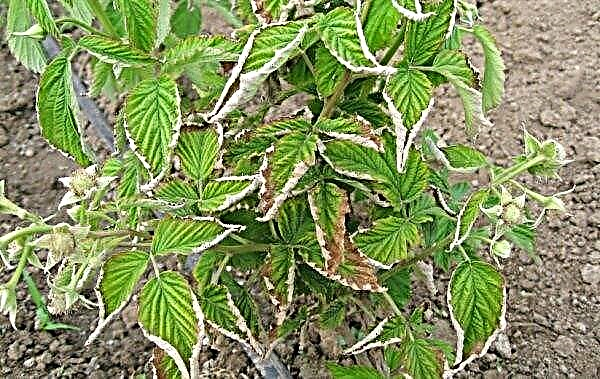Nefrolepis is a popular indoor fern, which is often found on the windowsills of various institutions and apartments. This is facilitated by the unpretentiousness of the flower and simple rules for caring for it. Consider how to care for this fern in indoor floriculture, as well as how to propagate it.
Botanical description of the plant
Nephrolepis is represented by more than 30 different species. Like all ferns, the plant is a perennial. Nephrolis is considered the homeland of the tropical forests of the African continent, although it grows, including in the tropics of Asia and America.
The aerial part of the plant consists of a leaf rosette with large leaves.
| Root system | Unbranched |
| Stem | There can be about 10 pieces 50–250 cm long and 6–15 cm wide |
| Leaf shape | Long, cirrus-complex, light green in color. Leaf segments (small leaves located on both sides of the trunk) are lanceolate, paired, up to 5 cm long, with serrated edges |
| Flower shape | The plant does not bloom |
| Breeding | Spores, leaves and rhizomes. Disputes rounded, 3-5 mm long |
Main types
In indoor floriculture, no more than half of all varieties are common.
Consider the main types of nephrolepis:
- Nephrolepis heart - A native of Asia and northern Australia. It has erect leaves of a dark green color. The shape of the leaf segments is round, resembling small coins. Tubers cover silver flakes. It grows well in a room and is considered one of the most decorative species. It is also used in the design of bouquets. The plant is a harmful weed in New Zealand and the USA.
- Nephrolepis sublime - comes from the tropical regions of America, mainly Central and South. Boston Fern is a synonymous name for this species. It grows in tropical forests and swamps. It has several subspecies, among which there are both small and large specimens. It is the ancestor of many other types of nephrolepsis. The leaf rosette consists of a large number of light green leaves that reach a length of 120 cm. First, the stems grow vertically, and then bend down. This is the easiest fern to care for. It is convenient for decorating large spaces. Needs free space around the pot for the good development of caps from the leaves. In indoor floriculture, it is also grown in hanging baskets. Perhaps growing in the garden, in open ground.
- Nephrolepis biserate - grows in open ground, rarely seen in indoor floriculture. The length of the xiphoid leaves can reach 2 m. It is distributed almost everywhere: in Southeast Asia, Central and South America, Africa, the West Indies. In Indonesia, the rhizomes of nephrolepis bisserat are dried, ground and eaten. On the island of Java, this fern is used in folk medicine as a cough suppressant.
- Nephrolepis obliterate, or Queen Kimberly - Australian fern grown around the world, perfect for indoor cultivation. Actively cleans the air of impurities harmful to health. In nature, grows in tropical forests, in the ground near lakes and even on rocks. Comes from Australia and New Guinea. This is one of the most attractive ferns. It has beautiful, vertical, thick leaves with sparse, reddish-brown hairy scales.




House growing conditions
Fern requires quite a lot of free space for the uniform development of leaves. From time to time, the plant is rotated to ensure uniform development. The room with nephrolepis should be cool. Plants should not be in the sunlight.
Nephrolepis also does not tolerate dry air. Once a week, it is advisable to provide him with a light shower in the form of spraying from a spray bottle.
Did you know? The very first ferns appeared 360 million years ago. Their modern looks are slightly younger. — they are only 45 million years old.
Lighting
Most ferns grow in moist, shady places. But this does not mean that they do not need light. The right lighting for them is spotty, changeable. For the location of nephrolepis, eastern or western windows are suitable. Sun rays are harmful to leaves, especially in summer. Direct sunlight causes them to fade.
Ventilation
In the process of life, nephrolepis absorbs carbon dioxide, formaldehyde and other components harmful to humans from the air. Oxygen is released into the air as a result of photosynthesis, so the plant does not need to be ventilated.
Temperature mode
Some ferns can grow well at low temperatures. Others, including nephrolepis, in such conditions slow down their development. The minimum allowable temperature is +10 ° C. Recommended air temperature should be above +21 ° C.
Recommended air temperature should be above +21 ° C.
Important! The basic rule for the well-being of nephrolepis is that the air temperature in the room with the flower should not change.
Air humidity
In the natural environment, the plant grows in a humid climate. In an ordinary apartment, the air is usually dry, so the fern is installed in a pan filled with pebbles and water. Evaporating, the liquid increases the moisture level around the plant. Do not place the fern next to heating appliances.
How to care at home
At home, watering, spraying and periodic top dressing of ferns are provided. As for transplantation, there are 2 points of view about its necessity.
Some gardeners believe that this is not worth doing, while others say that a plant needs replanting in order to give new space for its growth and partially replace depleted soil.
Watering
In summer, ferns require a lot of water. You need to water the plant so often that the soil in the pot is moist, but not wet. In winter, nephrolepis requires less fluid.
A typical watering schedule: in winter - once a week, in summer - several times during the week, up to 3. Follow the watering schedule, as the plant needs stable humidity. Pour warm water (+30 ... + 35 ° C) so that the soil is well saturated.
Water for irrigation should be clean. The water collected from the water supply system must be defended for 24 hours.
Spraying
The optimum humidity for ferns is 80%. The thinner the sheet plates, the more humid air nephrolepis needs. Nephrolepis needs a small shower to increase its moisture level. Spray it in the summer on hot days in the morning.
Spray moisture from the atomizer onto the plant so that a light drizzle is in the air. Do not spray the bush in cold weather.
Did you know? The life span of a fern depends on the species. Some can live up to 100 years.
Top dressing
The composition of the soil for nephrolepis looks like this: turf, peat, sand, sheet land in equal proportions. During the growth process, nephrolepis absorbs nutrients from the soil and needs periodic top dressing.
For 4 months after planting in a new soil, top dressing is not carried out. The exception is when the plant has stopped growing and needs to be stimulated.
The main minerals for fertilizing ferns are nitrogen, phosphorus, and potassium. Optimum fertilizer is a balanced mixture that contains equal proportions of the listed components. Fertilize nephrolepis from April to September - during the growing season, with a frequency of 1 time in 2 weeks. In winter, ferns do not require top dressing.
Fertilizers for ferns are presented in granules and in the form of liquid solutions. Liquid fertilizers are diluted with water, according to the instructions on the packaging, and applied to the recently watered soil. Fertilizers in granules are applied, after loosening the soil.
An excess of fertilizers is manifested in the form of decayed lower leaves and blackened roots. To reduce the concentration of minerals, moisten the soil as much as possible. This will wash the "excess" minerals into the pan.
Pruning
Ferns, especially indoor ferns, do not need pruning. An exception are leaves that are affected by pests or bacterial microflora. In this case, pruning is necessarily accompanied by the processing of the fern from a disease or pest.
If ferns grow in the garden in the open ground, then they are also not pruned. The leaves will die themselves and give nutrients to the soil as fertilizer.
Important! Remove dead or diseased parts of the plant immediately until the disease has shifted to healthy parts of the fern.
Transfer
There are no difficulties in transplanting nephrolepis. Landing or transplantation is carried out in the spring, in April-May. To do this, use a standard mixture of peat. Good soil for nephrolepis is 60% peat and 40% sand. Nephrolepis also develops well in humus soil. The pot must have drainage.
If the roots of the plant filled the pot, then the nephrolepis is transplanted into a new one, a size larger. If you do not want to transplant it into a large pot, then in spring you need to remove the nephrolepis, carefully trim the external roots, add fresh soil mixture and return the plant to its place.
Breeding
Ferns breed by spores and division of an adult bush. In late April, an adult bush throws out several young flower rosettes. They need to be separated from the root system of the main plant and planted in separate pots. But the reproduction of nephrolepis by spores in indoor floriculture is not used.
Dividing the bush
If you notice a young outlet near the bush, then you need:
- Carefully remove the nephrolepis from the pot.
- Separate that part of the earth coma in which the new outlet is located.
- The roots of the old bush can be trimmed and returned to its place, after filling up the new earth, or transplanted into a large pot.
- For a new outlet, lay a drainage (1/4 volume) in a separate pot, spread the soil mixture and plant the outlet without disconnecting the existing soil from the roots.
- The plant needs to be watered and a microparison for the film must be created for it. High humidity will contribute to better rooting.
Did you know? Ferns have no flowers and seeds. They multiply through spores that develop in structures called sporangia. This is a series of brown spots on the underside of the leaves.
Scions
If there are no rosettes for nephrolepis, then it can be propagated by processes.
For this:
- Prepare a new pot with drainage and soil mix.
- Install it next to the main plant.
- Take one of the fern branches and sprinkle it with soil in a new pot.
- In order to press the branch, you can use a special hairpin or pebble.
- Water the soil.
- After 1-2 weeks, the branch will take root well and begin to grow.
- Cut the branch and disconnect the new plant.
Growing difficulties
Ferns, like other plants, can be attacked by pests and get sick. The main problems with growing nephrolepis:
The main problems with growing nephrolepis:
- the plant slowed down growth;
- leaves turn yellow and die;
- spots appeared on the leaves;
- rotting of leaves or roots is observed;
- pests detected.
When asked what to do if nephrolepis dries, experienced gardeners answer as follows: carefully inspect the plant for root rot, nematodes, or other pests. Nephrolepis dies if the leaves dry, so treat the plant as soon as you find a stop in development or other signs of the disease.
Check out the special features of growing ferns such as adiantum and asplenium.
Pests
The main danger to ferns is leaf pests.
Among them:
- whitefly;
- aphids;
- thrips;
- nematodes;
- spider mites;
- worm;
- scale shield.
Among soil pests are white podura and nematodes.
To control pests, insecticides are usually used, which must be sprayed onto the leaves of the plant strictly according to the instructions for the drug. Insecticides paralyze the nervous system of the insect, depriving it of its ability to eat. As a result, after a few days, the pests die.
As a result, after a few days, the pests die.
Did you know? The world's largest fern grows on the islands of the South Pacific. Its height is 18 m, and the length of the leaves reaches 4 m.
Disease
Excess moisture or the influence of insect pests contribute to the infection of nephrolepis with pathogenic microflora. Recognize the problem by the color of the leaves or the type of spots that appear.
The main diseases of ferns:
- Large brown spots appeared on the leaves - this is fern anthracnose. Damaged leaves must be removed, and the plant treated with fungicide.
- Rotting of the roots - signals an excess of moisture. In this case, the leaves become small and slightly leafy. To improve the condition, reduce the amount of fluid that gets into the plant.
- Translucent spots that actively develop on the leaves are the result of the action of the Blight Asplenium bacteria. The spots later turn brown and the leaf dies.
- The leaves turned gray - this is gray rot. Damaged leaves must be removed and the plant treated with fungicides. Rot can be the result of droplets falling on leaves when watering or drafts. Also check the roots for nematodes and root rot.
- If the leaves turn yellow and die off - this is a sign of an excess of fertilizers. Reduce the amount of fertilizing and water the plant abundantly.
Signs and superstitions
Fern is mentioned in the legends of many nations. The most popular legend of Slavic mythology says that the fern flower blooms in the place where the treasure is hidden. This happens only once a year - on the night of Ivan Kupala. In England, fern is a plant closely associated with fairies. It was believed that his disputes help fairies become invisible. The British believed that the fern growing around the house protects it from witchcraft and spells.
In England, fern is a plant closely associated with fairies. It was believed that his disputes help fairies become invisible. The British believed that the fern growing around the house protects it from witchcraft and spells.
The previous century and the use of plants for landscaping institutions has given new signs and superstitions. So, it is believed that nephrolepis can grow well in the enterprise, but in the house it will bring misfortune and illness. It is impossible to scientifically confirm such a point of view, nor to trace its origins.
If you are not superstitious, then you can choose nephrolepis as a home plant. It is unpretentious in care, copes with the landscaping of the room and cleans the air of substances harmful to health. With proper care, the plant will invariably delight you with its excellent appearance.


